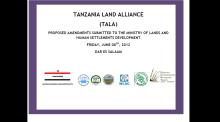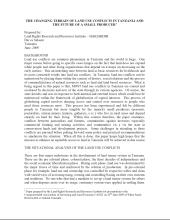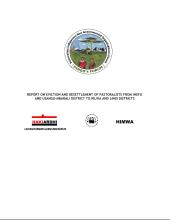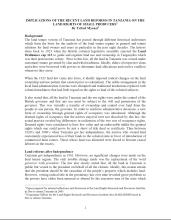Land Library
Welcome to the Land Portal Library. Explore our vast collection of open-access resources (over 74,000) including reports, journal articles, research papers, peer-reviewed publications, legal documents, videos and much more.
/ library resources
Showing items 1 through 9 of 10.In 2015, 193 countries affirmed their commitment to the 17 goals of the 2030 Agenda for Sustainable Development, including Germany. According to an estimate by the United Nations in 2018, the international community loses 5% of global gross domestic product through corruption.
Over the past two decades, academics and development practitioners have written extensively about the harmful impact of corruption on economic development and social outcomes.
In principle, all land in the Lao People's Democratic Republic (Lao PDR) belongs to the National Community, although citizens and legal entities have the right to receive permanent land use rights.
After the collapse of the former Soviet Union and the end of the latest Balkan wars, countries in Southeastern Europe had to reorganize their land management and land administration systems.
This paper uses District Land and Housing Tribunal (DLHT) as a case study to argue that the principle conceived in the enactment of the law that established the tribunal is far from becoming a reality.
A comprehensive legal analysis highlighting gaps and recommendations in the four selected land related legislations in Tanzania.
Land use conflicts are common phenomena in Tanzania and the world at large. One major reason before going to specific cases hinges on the fact that land does not expand while people and other living organizations that depend on it keeps on increasing on the early surface.
This study is focused on the effects of the eviction process of pastoralists from Mbarali to Lindi Rural and Kilwa Districts in Lindi Region. The study sampled six villages out 15 villages in Lindi Rural and Kilwa districts.
The land tenure system of Tanzania has passed through different historical milestones which form the basis for the analysis of the land tenure regime in general and tenure relations for land owners and users in particular in the past eight decades.







